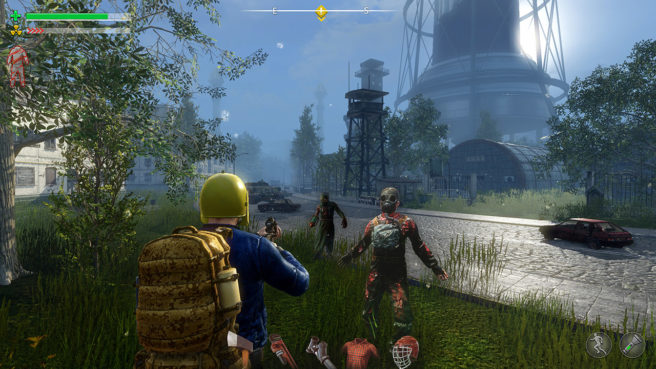

These concerns were never addressed by the federal government. The Aleuts raised forceful objections to the tests, pointing to the risk of radiation leaks, earthquakes and tsunamis that might overwhelm their coastal villages. The Aleuts left Amchitka in the 1880s after Russian fur traders had wiped out the sea otter population, but they continued to inhabit nearby islands and relied on the waters near Amchitka for subsistence. Indeed, anthropologists believe the islands around Amchitka may be the oldest continuously inhabited area in North America. Amchitka may have been remote from the continental United States, but for nearly 10,000 years it had been the home of the Aleuts. What Schlesinger and his cohorts overlooked was the remarkable culture of the Aleuts. “The site was selectedand I underscore the pointbecause of the virtually zero likelihood of any damage,” claimed James Schlesinger, then chairman of the AEC. Publicly, however, the rationale offered by the AEC and the Defense Department was simply that Amchitka was a remote, and therefore safe, testing ground. Indeed, the tests were designed to calibrate the performance of the Spartan anti-ballistic missile, built to take out the Soviet nuclear arsenal. These explosions were meant to send a message. One most certainly was the proximity to the Soviet Union. There were several factors behind the selection of Amchitka as a test site.

The response of the federal government to these disturbing findings has been almost as troublesome as the circumstances surrounding the tests themselves: a consistent pattern of indifference, denial and cover-up continues even today. Dozens have died of radiation-linked cancers. Highly radioactive elements and gasses, such as tritium, americium-241 and plutonium, poured out of the collapsed test shafts, leached into the groundwater and worked their way into ponds, creeks and the Bering Sea.Īt the same time, thousands of Amchitka laborers and Aleuts living on nearby islands were put in harm’s way. Despite claims by the AEC and the Pentagon that the test sites would safely contain the radiation released by the blasts for thousands of years, independent research by Greenpeace and newly released documents from the Department of Energy (DOE) show that the Amchitka tests began to leak almost immediately. The aftershocks of those blasts are still being felt. Four decades ago, Amchitka was the site of three large underground nuclear tests, including the most powerful nuclear explosion ever detonated by the United States. But these ecological wonders were swept aside in the early ’60s when the Pentagon and the Atomic Energy Commission (AEC) went on the lookout for a new place to blow up H-bombs. In 1913, Amchitka was designated as a national wildlife refuge by President William Howard Taft.

Off the coast of Amchitka is a thriving fishery of salmon, pollock, haddock and halibut.Īll of these values were recognized early on.

The island’s relatively temperate climate has made it one of the Arctic’s most valuable bird sanctuaries, a critical staging ground for more than 100 migratory species, as well as home to walruses, sea otters and sea lions. Amchitka, a spongy landscape of maritime tundra, is one of the most southerly of the Aleutians. Amchitka Island sits at the midway point on the great arc of Alaska’s Aleutian Islands, less than 900 miles across the Bering Sea from the coast of Russia.


 0 kommentar(er)
0 kommentar(er)
